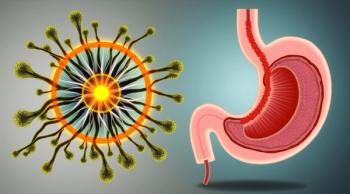
Report on Ventilator Technology Urges Enhanced Culture of Safety
Fostering an enhanced culture of safety is a necessary condition for addressing challenges with ventilator technology, according to a comprehensive new report from the Association for the Advancement of Medical Instrumentation (AAMI). The report,
More than 160 multidisciplinary stakeholders brought their expertise, personal experiences, and wisdom to the AAMI/FDA Summit on Ventilator Technology, which was held Sept. 16-17, 2014, in Herndon, Va. Participants and presenters at the summit shaped a vision of a safer and more effective environment of care for patients who depend on ventilators-remarkable, life-saving equipment that could be even better.
The summit report, sponsored exclusively by Philips Healthcare, describes six “clarion themes” that will be vital to achieving this vision. Patients and the entire healthcare community would benefit from:
1. Clear, standardized language for mechanical ventilation and ventilation modes, used broadly and consistently to improve patient care and enhance clinical information.
2. Shared understanding of biocompatibility expectations for ventilator technology-and a safer, clearer, faster path to market.
3. Clinicians who are consistently trained, competent, and certified to care for ventilated patients and operate the ventilators they use.
4. Integrated devices and systems, including alarm systems, that provide clinicians with comprehensive, actionable information about ventilated patients.
5. Intuitive and consistent user interfaces that make it easy to set up and operate ventilators in clinical and nonclinical settings.
6. A strong and transparent culture of cooperation, coordination, and collaboration in which shared information spurs improvements in the safety and outcomes of mechanical ventilation.
As described in the summit report by Anya Harry, branch chief of the FDA Center for Devices and Radiological Health (CDRH) Respiratory Devices Branch, work is needed to improve patient safety and outcomes, including:
• Balancing adequate gas exchange and avoiding lung injury associated with positive airway pressure and oxygen exposure
• Minimizing the duration of mechanical ventilation with protocol-driven, spontaneous breathing trials and autonomous weaning functionality
• Improving visual and auditory alarm signal functionality
The ventilator technology event marked the sixth time that AAMI and the FDA have collaborated on a summit focusing on an important issue in healthcare technology. Previous summits have tackled medical device interoperability, clinical alarm management, reprocessing, home healthcare, and infusion system safety.
Source: AAMI
Newsletter
Stay prepared and protected with Infection Control Today's newsletter, delivering essential updates, best practices, and expert insights for infection preventionists.




